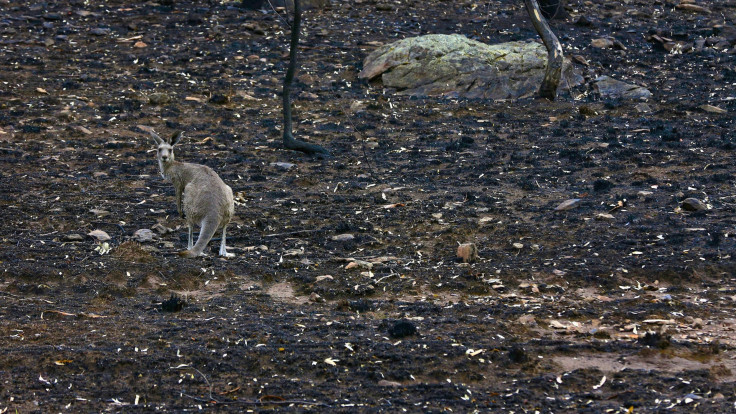Australia Has Worst Wildlife Extinction Record; Government Launches ‘Threatened Species Strategy’ To Save Animals

The Australian Government has set the new strategies to save its threatened wildlife. The Department of the Environment recently launched the new Threatened Species Strategy on Thursday, July 16, at the Threatened Species Summit in Melbourne in partnership with the local and private groups to protect Australia’s extinct animal and plant species.
During the summit at Melbourne zoo on Thursday, federal Environment Minister Greg Hunt announced the proposed plans for the five-year Threatened Species Strategy to save its wildlife from possible extinction due to declining number.“
The strategy aims to save species that are at risk of extinction, including 20 mammals, 20 birds and 30 plants. The environment minister stated that the government will improve the lives of local wildlife through killing two million feral cats and creating safe havens to improve habitat and intervene in emergencies.
Australia is recorded as one of the countries with worst extinction records in the world, with 29 mammal species lost and nearly 1,800 species nationally listed as being under threat. The government cited that feral cats, pests and weeds, altered fire regimes and the expansion of the agricultural industry are the major causes why native animal and plant species decline.
The Australian government sets the Threatened Species Strategy in action against extinction. The commissioner of Threatened Species, Gregory Andrews, said that the plan would help address Australia’s unenviable record of losing its native species since 1788.
The government already committed $750,000 to establish 10 new feral cat-free enclosures, considering the said animal as a harmful pest and a priority of the action plan. Hunt said that the government plans to wipe out two million feral cats by 2020 through baiting, shooting and poisoning as it is considered as the main threat to Australia’s wildlife.
All of the states and territories have agreed to the action, according to Hunt, saying that “we are drawing a line in the sand today which says ‘on our watch, in our time, no more species extinction’,” then added that “it’s tough, it’s a challenge, we can do much and we can do better.”
The environment minister urged the local community to participate with the fight against extinction, stating that the action wouldn’t be done without help from community. The Australian government will also issue a policy supporting public-private partnerships to conserve Australia's biodiversity and threatened species, according to Hunt.
“This Action Plan starts now. Success will depend on strong partnerships, given we all have a role to play in the fight against extinction. The Australian Government cannot succeed without the community joining us,” Hunt stated.
Canberra dedicated $6.6 million to invest for the strategy, allotting majority of the money on the feral cat extermination. The government may also need private donations to fund the 20 proposed plans, including the expansion of the breeding population of the numbat in Western Australia and the eradication of feral cats.
“We are using and supporting the best science available to make sure the actions we choose are most likely to make a difference,” Hunt said. The government also plans to invest $30 million through the National Environment Science Programme for the conservation of its wildlife, according to Hunt.
The environment minister, in a statement, identified the first 10 mammals as the priority of the action: Numbat, Mala, Mountain pygmy-possum, Greater bilby, Golden bandicoot, Brush-tailed rabbit-rat, Eastern bettong, Western quoll, Kangaroo Island dunnart and Eastern barred bandicoot. Hunt also added the leadbeater’s possum, Victoria’s faunal emblem that was recently listed as critically endangered and the central rock rat to have “emergency interventions.”
Although some questioned the Australian government’s funding rate for the initiated strategy, environment groups showed acceptance to the new plans to conserve wildlife. The WWF-Australia Species manager, Darren Grover, stated support to the strategy, saying that “the Threatened Species Summit is an opportunity to explore solutions and discuss practical ways to halt Australia’s wildlife crisis at a time when our threatened species are under more pressure than ever before.”
To contact the writer, email: darwinsamuelm.malicdem@gmail.com




















